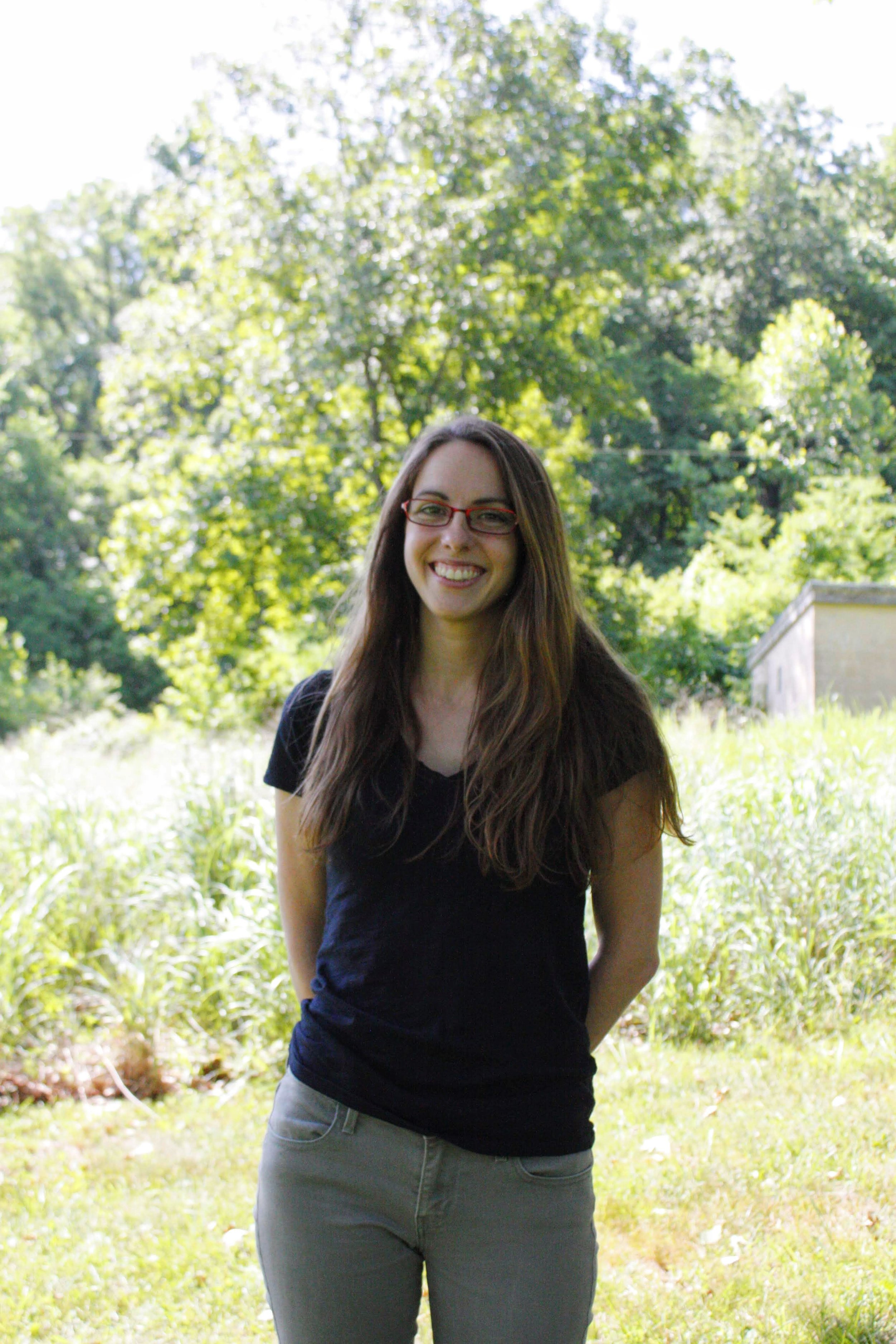Solny Adalsteinsson
Tyson Staff Scientist
“A lot of the work I'm doing here at Tyson revolves around looking at how prescribed fire affects tick-borne disease systems. Prescribed fire is an important habitat management tool, but we really don't yet know how it affects all aspects of the ecosystem, particularly when it comes to tick-borne diseases.”
Why did you choose to research ticks?
“I had worked on different taxonomic groups through the years, but I got interested in ticks as a way of studying the whole ecosystem because tick-borne diseases arise from these very complex systems. Ticks have a pretty extreme life history in that they have to survive long periods of time without feeding when they’re vulnerable to environmental conditions.
They also have important interactions with wildlife hosts that are driven by complex ecological conditions. A fascinating aspect of these interactions is the movement of disease-causing pathogens between wildlife and ticks, and then even between ticks and humans. Zoonotic diseases are really interesting and important, as they connect us to our environment so strongly. Vectors like ticks and mosquitoes are a constant reminder that what we do to the environment matters and can impact our own health.
There are many different ways in which our impacts on the environment matter for us and for the species that we share the planet with. That's one of those things that my research aims to try to uncover: these links between the human impacts on the environment and disease risk for humans and wildlife.”
You do bird capture and release for your research purposes. What is it like teaching students to be able to gain that skill?
“It can be challenging because anytime we're handling a live vertebrate, we always have to keep the safety of the animal as the number one priority. During training, I have to be careful and act quickly to respond to any issues, and still be patient with the students because they're learning, too. But it's one of the things I really love doing. One of the coolest things for me is seeing the reactions of the students holding their first birds, ever! It's really inspiring.”
Solny leads the Tick & Wildlife Eco team. Learn more about their prescribed fire and tick-borne disease ecology research here.

